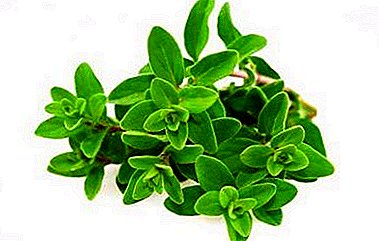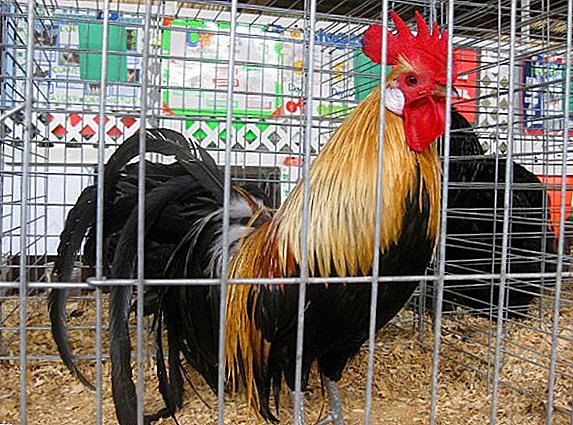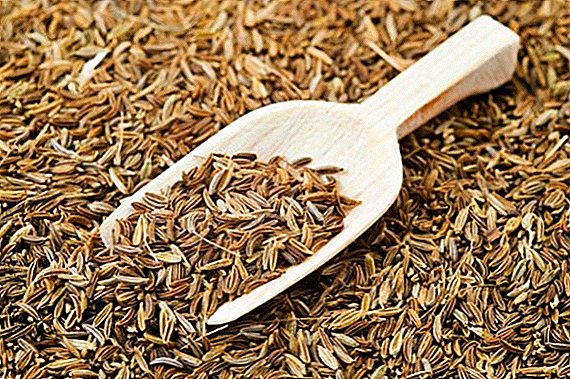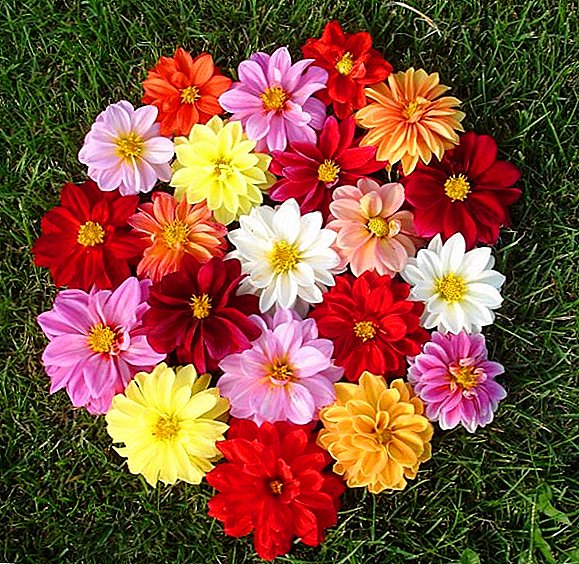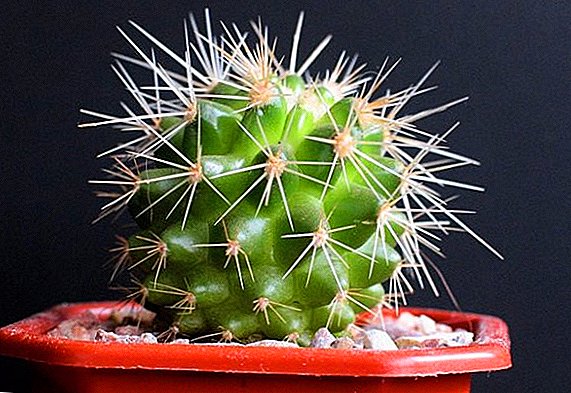 Cacti are becoming increasingly popular for growing at home. The plant is unpretentious in the care and resistant to drought, even if you forget to water it, the cactus will not experience discomfort.
Cacti are becoming increasingly popular for growing at home. The plant is unpretentious in the care and resistant to drought, even if you forget to water it, the cactus will not experience discomfort.
How to choose a cactus
There are several most adapted and favorite flower growers of plant species for indoor conditions.
Echinopsis is a spherical cactus that is well propagated by children produced by the mother plant. This is a blooming look.
Cereus - a tall cactus with multi-colored spines, on the main trunk grows several lateral ones. The plant practically does not bloom, propagates by seeds or cuttings.
Prickly pear Robusta is a flat shaped cactus with elongated bristles, it grows quickly and reaches large sizes. Propagated by cuttings.
Mummily - cactus tolerates the lack of moisture, spherical, not ribbed. Blooming pretty bells.
Phyllocactus is a leaf-shaped plant, which, however, does not have leaf plates, the leaf resembles the trunk of a cactus. The cactus with the right care in the home blooms with large flowers.
 Choosing a variety that you like, pay attention to the appearance of the plant: it should not be mechanically damaged. Check also for insects or suspicious stains. Check with the seller conditions in the store.
Choosing a variety that you like, pay attention to the appearance of the plant: it should not be mechanically damaged. Check also for insects or suspicious stains. Check with the seller conditions in the store.
Choosing a place for cactus
It is important to understand how to grow a cactus at home, what place the plant is most suitable. Cultivators divide cacti into two large groups: desert and forest.
- Desert plants are more suitable southern window sills, they love sunny color.
- Forest cacti are more comfortable on the eastern and northern windows, direct sunlight can burn the plant.
Choosing a cactus pot
Before planting a cactus in a pot, it is necessary to determine the capacity for it. The choice of the pot should be taken seriously, given the characteristics of the form.
Did you know? Mexican shamans use the roots of the Lophophora williamsii cactus in the preparation of a drink that introduces a trance state. The hallucinogenic effect of the plant is due to the presence of alkaloid mescaline. The Indians of Mexico used this cactus as an anesthetic.
The size
 The volume of the tank should not be much more than the expanded root system of the plant. Ariokarpus cactus needs a deeper pot, and a mummily - with a large volume, because it has many children. The size and volume of the pot depend on the size and shape of the root system of the plant. For the roots of short but branched need a wide and low pot, long roots - narrow and deep.
The volume of the tank should not be much more than the expanded root system of the plant. Ariokarpus cactus needs a deeper pot, and a mummily - with a large volume, because it has many children. The size and volume of the pot depend on the size and shape of the root system of the plant. For the roots of short but branched need a wide and low pot, long roots - narrow and deep.
Material: clay or plastic
Cactus fit and plastic, and clay containers, it is not recommended to use a metal pot.
Pot shape
The shape of the pot for the plant does not matter. But for your own convenience it is better to purchase a square or rectangular container - this will significantly save space with a large number of plants.
Drainage
At the bottom of the tank you need to put high-quality drainage - this is important in the care of cacti at home. You can use coarse sand or small river pebbles. Drainage material is divided into two parts: one is placed on the bottom, the second - after a layer of soil on the surface. 
Substrate
The optimal composition of the soil is selected individually for each species. Cacti at a young age is suitable soil with a lime impurity, adult plants - peat. As part of the soil for prickly plants, it is desirable to use leafy, soddy soil and sand. The quality of the soil depends on the health of the root system of the plant; in dense and heavy mixtures, the moisture will stagnate, leading to rotting of the roots.
Interesting! Cacti have been saved many times from the thirst of travelers lost in the desert. This is a natural water tank. The long root system of the plant accumulates water in the "trunk" and stores it in the form of thick syrup. Water can be obtained by puncturing the skin of the plant.
Planting and transplanting cactus
Consider how to transplant cactus after purchase. It is better to buy the plant in spring, as the best time for planting and transplanting is April-May. Carefully remove the seedling of the purchased plant from the pot, clean it from the ground. Plant roots need to hold for twenty minutes in a weak solution of potassium permanganate. Then dry well. From the old soil is better to get rid of. Lay a layer of soil on the drainage layer, straighten the roots, sprinkle with soil and lightly tamp. Water the plant and wait until the soil has settled slightly, add more soil and top layer of drainage. Novice flower growers are wondering whether it is necessary to replant the cactus after purchase? In stores, cacti are most often found in peat. Without the addition of turf land, peat will retain moisture too much, and this is detrimental to the root system of the plant. Large species of cacti are replanted every two years, the rest of the plants are subjected to the procedure every three years. At respectable age, cacti are transplanted with full replacement of the soil. When transplanting, the pot is changed to a larger or wide one.
Watering cactus
Let's figure out how to water the cactus at home. Frequent watering require plants contained in a hot and dry place. In summer, cacti should be watered once a day in the morning. Plants in small pots need to be sprayed, on cloudy days do not spend watering. For watering cacti use boiled water, preferably at room temperature.
Important! Water from the tap contains a large amount of calcium salts that hinder the full development of cacti.In the autumn, the number of irrigations is reduced, watered as the soil dries. The same applies to the rest period. In winter, cacti need good lighting and the temperature is not lower than five degrees and not higher than ten degrees heat. Watering in winter for young plants - once a month, for adults - about two times during the winter.
Fertilizer and dressing
 For fertilizing cacti it is better to use humic liquid preparations. These dressings contain all the useful elements necessary for the plant, ensuring both growth and development. Cactus is fertilized twice: before the formation of buds and during flowering.
For fertilizing cacti it is better to use humic liquid preparations. These dressings contain all the useful elements necessary for the plant, ensuring both growth and development. Cactus is fertilized twice: before the formation of buds and during flowering.
From March to October, forest cacti are fertilized once a week (10 ml of the preparation per liter of water). For desert cacti make a lower concentration of the drug (5 ml per two liters of water). In the winter, do not contribute to top dressing.
Light and temperature
Lighting in the growth and development of cacti plays a big role. These are sun-loving plants, their content should be well lit most of the day. The plant growing on the northern window-sills should be illuminated with artificial light. LWhen there is a large amount of dust, especially in urban environments, cacti should be protected with a film dome. Young plants do not put in direct sunlight: delicate spines and shell will burn.
Attention! Hot climate is the natural conditions for cactus in nature. For indoor plants, temperatures above 35 ° C destructive.Cacti are unusual in their barbed beauty, their planting and further care will not take much time and will not require many skills. Flowers rarely flowering cactus often overshadowed by the beauty of constantly flowering ornamental plants.




